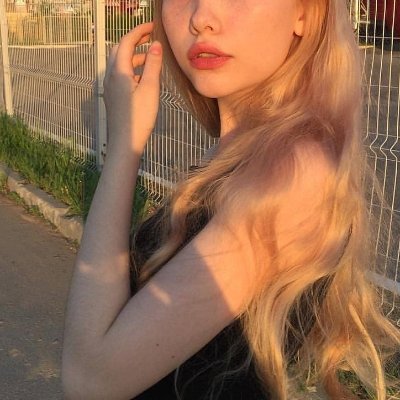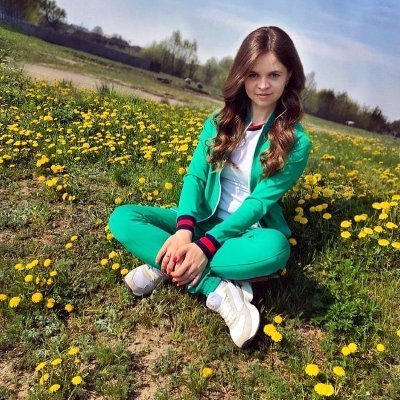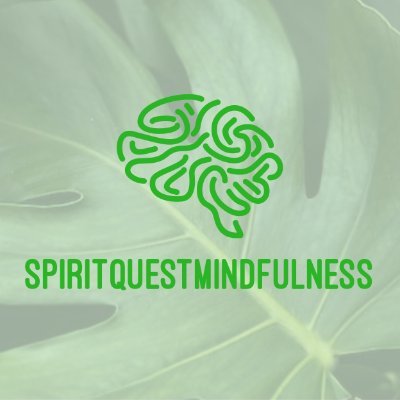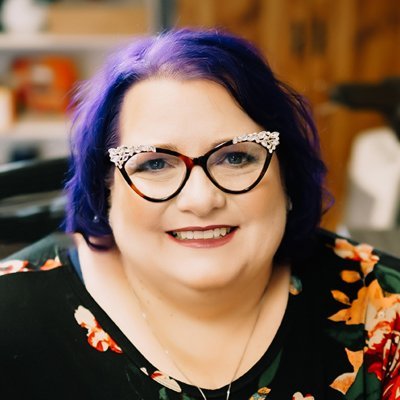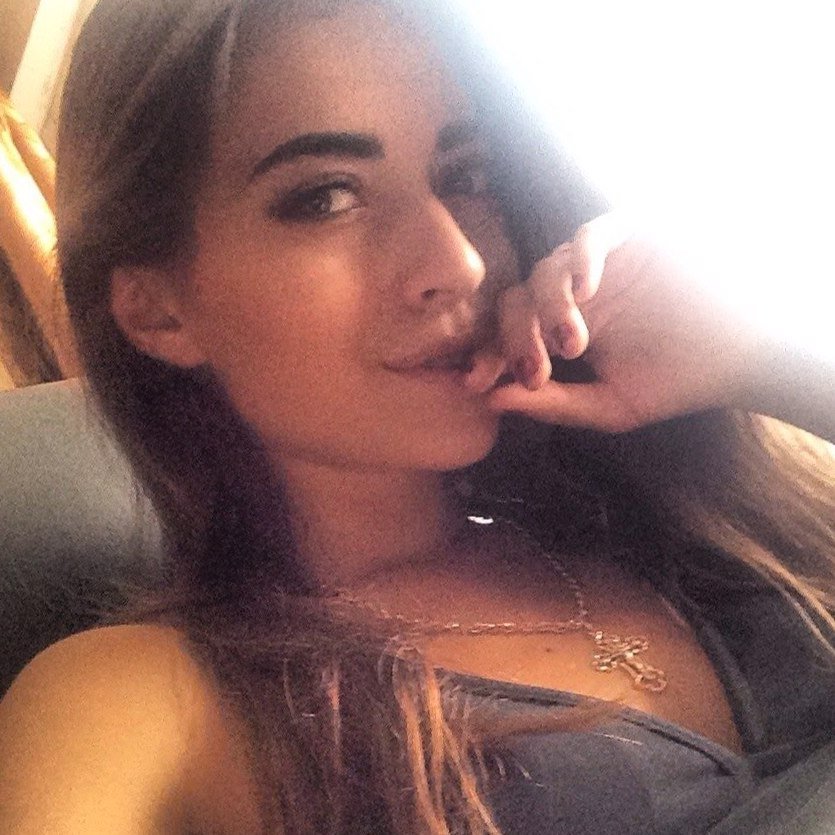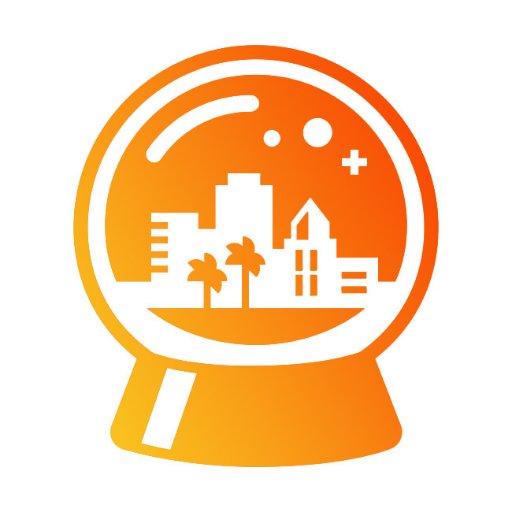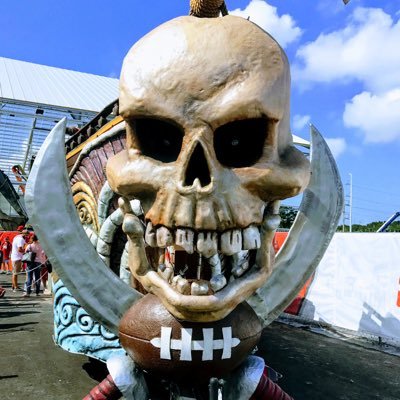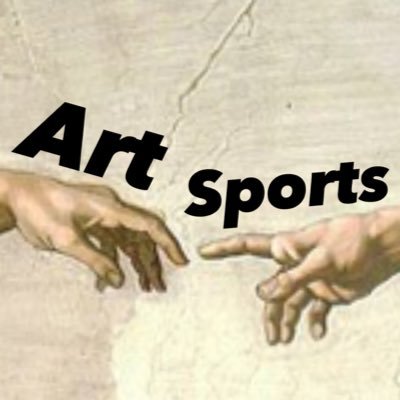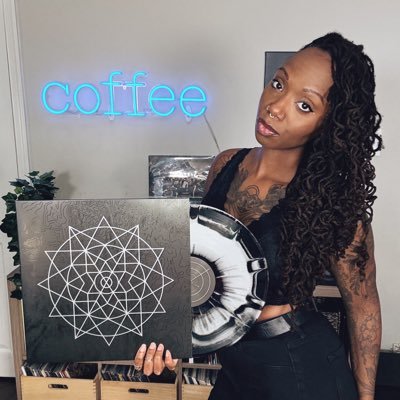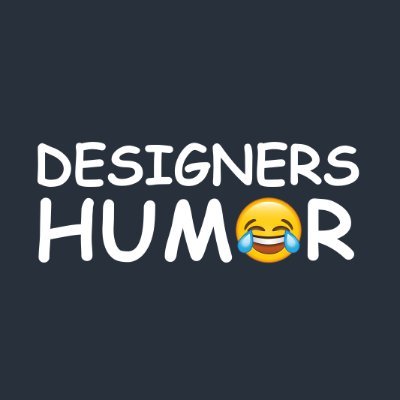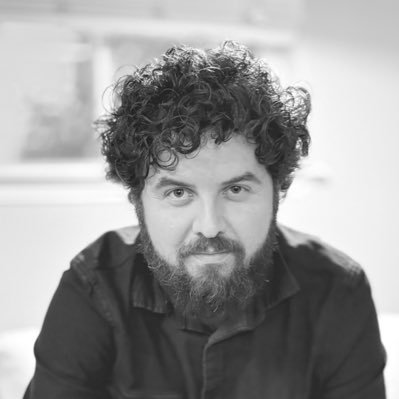
Greg Gall
@go_greg_go
aka The WordPress Chef. Making #wordpress websites over at http://TheWordPressChef.com. Probably care about @floridagators sports a little too much
내가 좋아할 만한 콘텐츠
Only take your wireframe or mockup as far as needed to explain your idea. Once you're able to clearly articulate your idea through a wireframe or mockup stop designing and ask for feedback. You’ll want to first get validation from the client so you’re not wasting your time.
A website that is visually appealing and user–friendly enhances the perceived value of your brand. Customers will literally pay you more for your product or service based solely on the design. Don’t leave money on the table.
They always say first impressions are everything. The same is true for your website. Your website is likely the first interaction customers have with your business. And you better believe you’re going to get judged on it. Don’t let outdated design slow down your business.
Does your action button really need to be red? Consider your buttons for destructive actions. These buttons don't all need to be big, red and bold. Depending on their functional importance, it could be better to give them a secondary or tertiary button treatment.
Primary action buttons should be obvious with solid, high-contrast background colors. Secondary action buttons should be clear but less pronounced — think outline styles or lower contrasting. And tertiary action buttons? Go for subtle, but out of the way— like a link.
If you’ve got a website element that doesn’t look quite right, consider changing weight, not color. Here’s how: To take visual focus off a heavy visual element → reduce the element’s contrast. To emphasize a low-contrast element → increase the element’s weight.
Less is more. Want to emphasize an essential element in your web design? Try de-emphasizing competing elements. For example, instead of making your headline bigger and bolder, try softening the colors of the subheads to make the main element more prominent.
A quick note on font weights…. Good website design really only needs two font weights: a ‘normal’ weight for most text. And a heavier font weight for text you want to emphasize. Anything more and you may be overdoing it. And always avoid font weights under 400 for UI work.
Don’t worry too much about font size in your website design. You risk ending up with primary content that’s too large, and secondary content that’s too small. For effective visual hierarchy, use font weight or color to communicate the relative importance of different elements.
Good website design is so much more than color and font. To build an effective website, you need to pay special attention to visual hierarchy — not just superficial styling like color schemes and fonts.
More choices, more problems. Save time and decision-making overwhelm in your web development project by defining systems in advance.
A website’s vibe comes from the aggregate effect of small design choices: things like font choice, color and images. For example: Classic or elegant branding typically calls on serif typefaces, neutral colors and no border radius.
My clients’ job is to know what they want their website branding to ‘feel’ like. My job is to know how to layer design elements to achieve that feel.
When I plan and build a new website, I assume all new features will be harder to build than I think they will. So I budget in extra time. This reduces the risk of sinking time into a feature that could derail the whole project. And it saves everyone stress and disappointment.
How I keep my web design projects on time and under budget: I assume the worst and plan accordingly. The end.
Designing for the future can be a slippery slope… Promising extra functionality in your designs can lead to a backlog of unfinished features. Design the most essential version of your feature and iterate the bells and whistles from there.
It’s easier to edit than starting from scratch, right? The same goes for web design. Save time and effort by building the real version of a web feature as early as possible.
Good branding and websites are built over the course of hundreds of small cycles. Here’s why: designing everything upfront can lead to overwhelm and missed opportunities for improvement. It’s best to work in short cycles.
Don’t get attached … to your sketch or wireframe The most effective, on-brand websites start as a messy bunch of version 1 prototypes. That’s what the wireframing stage is for. Throwing a bunch of ideas at the wall and seeing what sticks.
Hold the color. When designing v1 of your prototype, work in greyscale to help you create a clear interface with a strong hierarchy. Colors are an important part of branding, but still a distraction at this point. Use spacing, contrast and size to lay a the design foundation.
United States 트렌드
- 1. New York 1M posts
- 2. New York 1M posts
- 3. Virginia 503K posts
- 4. $TAPIR 1,514 posts
- 5. #DWTS 39.6K posts
- 6. Texas 211K posts
- 7. Prop 50 168K posts
- 8. Cuomo 399K posts
- 9. TURN THE VOLUME UP 11.8K posts
- 10. Bulls 35.3K posts
- 11. Sixers 12.8K posts
- 12. #Election2025 15.6K posts
- 13. Jay Jones 95.8K posts
- 14. Embiid 6,064 posts
- 15. Maxey 7,840 posts
- 16. Harden 9,503 posts
- 17. Eugene Debs 2,121 posts
- 18. WOKE IS BACK 30.5K posts
- 19. RIP NYC 15.6K posts
- 20. Josh Giddey 5,683 posts
Something went wrong.
Something went wrong.




















